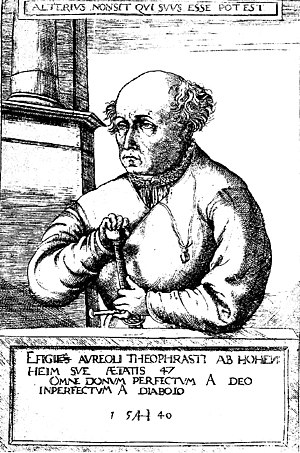Ann Arbor The First Hundred Years (1927)
Contents I. ANN ARBOR'S ANTECEDENTS................................ 5
II. JOHN ALLEN FOUNDS A TOWN............................ 13
III. THIE SITE OF ANN A IBOR.................................... 23
IV. TIlE SETTLERS POUR IN......................... 27
V. E VIDENCES OF G ROW TH........................................ 44
V I. TI-IHE FIRST FEW Y EARS........................................ 62
VII. THE GERMANS...................................................... 80
VIII. PRIVATE SCHIOOLS................................................. 99
IX. THIE CLARK SCHOOL.............................................. 1.13
X. PUBLIC SCHOOLS........................................ 12.......... 1
XI. MILITARY MATTERS.............................................. 144
XII. POLITICS AND PUBLIC BUILID)INS................... 175
XIII. THE LIGHTER SIDE................................. 193
XIV. BUSINESS LIFE...................................................... 13
XV. TI-E UNIVERSITY-PART I.............................. 237
XVI. THE UNIVERSITY-PAIT II.............................. 255
XVII. TIHE UNIVERSITY-PART III.................... 281
X VIII. BANKS....................................................... 295
XIX. FIRE AND WATER.............................................. 307
XX. GAS AND LIGHT...................................................... 323
XXI. TRANSPORTATION AND COMMUNICATION............ 328
XXII. ANN ARBOR PUBLICATIONS.................................. 347
XXIII. HEALTH AND SANITATION............................. 360
....
CHAPTER XIII The Lighter Side LIKE other Americans, the people of Ann Arbor always have shown great interest in amusements and in social affairs. During the first two or three years of the city's history, no one came to the settlement, either to interest or entertain, other than the ministers or the emigrants. Such amusements as the people had they originated among themselves. The inauguration of the Masonic fraternity offered some diversion for the men, but for the women, their chief amusement was derived from the little gatherings about the community oven John Allen built on Ashley street, and which a few years later was covered by a shed at the back of the Clark School. Here the women sat and visited while their bread was baking, or, on Saturday evenings after they had placed their crocks of beans in the oven to cook during the night. Sunday morning the pioneers would gather in this cabin or that, and a hot bean breakfast would be served. These breakfasts often were followed by religious services or by quiet social hours where simple matters of local interest were discussed. The arrival of new settlers was ever a topic for gossip, but of all social events a wedding was the most interesting....
When Ann Arbor was young there were no distinctions based either upon social standing or wealth. The love-making was not confined to members of a particular "set," and a prospective wedding invited the interest of all alike.
....
August 20, 2007 Volume 85, Number 34 p. 10
Science Policy
Nanotech Survey
OECD countries are examining nanomaterials
Glenn Hess
A NEW REPORT by the 30-member-nation Organization for Economic Cooperation & Development catalogs the growing number of initiatives under way in industrialized countries to address the health and environmental safety implications of manufactured nanomaterials.
Courtesy of Delina Lyon/Rice University
Risks of nanomaterials are still largely unknown. Shown is Delina Lyon, a Rice University researcher who studies the impact of buckyball aggregates on ecosystems.The 77-page document summarizes information on current developments provided by delegations that participated in the second meeting of OECD's Working Party on Manufactured Nanomaterials, held this past April in Berlin.
The report indicates that few regulatory decisions on nanomaterials have been made by governments around the world, as the impacts of nanotechnology remain largely unknown. But many countries are devoting more resources toward discovering what those impacts might be.
China, for example, told OECD that it has more than 30 research organizations studying the toxicological and environmental effects of nanomaterials and techniques for recovering nanoparticles from manufacturing processes.
"A lot of countries are placing a high premium on understanding and managing the potential risks of engineered nanomaterials at an early stage in the development of these technologies," says Andrew D. Maynard, chief science adviser for the Project on Emerging Nanotechnologies at the Woodrow Wilson International Center for Scholars.
Several countries, including Belgium and Ireland, say they do not currently have any specific national regulations in place, partly because there are no globally accepted definitions of nanomaterials. Maynard says a technical committee of the International Standards Organization, in Geneva, has been working on the problem.
France has no regulations to date, either, but the French Agency for Labor & Environmental Health Safety is working to ensure that nanoscale materials are included under the European Union's Registration, Evaluation & Authorization of Chemicals (REACH) program.
Technorati Cosmos: other blogs commenting on this post


































